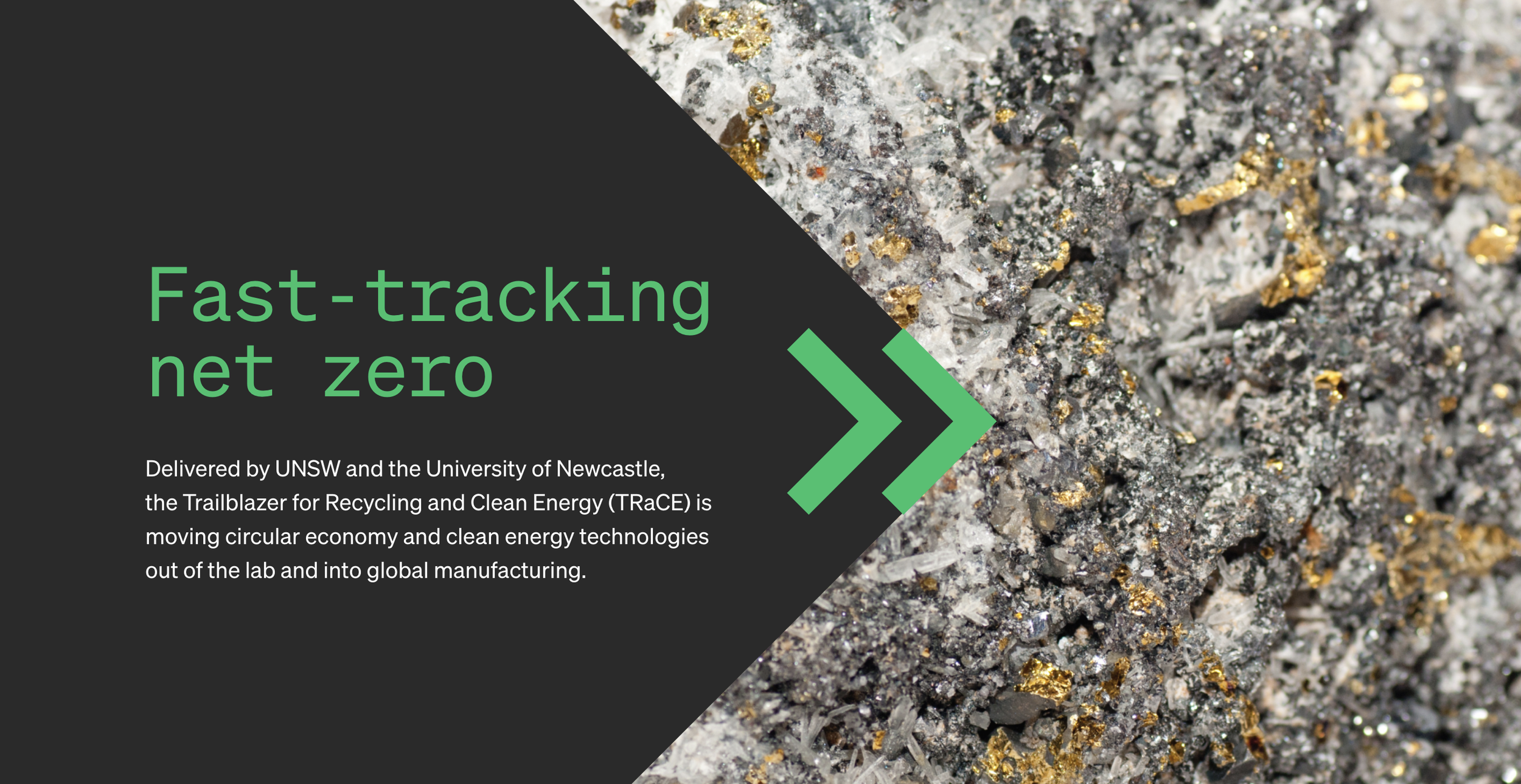Hydrogen From Seawater
One of the main barriers to sustainable green hydrogen is the enormous amount of electricity and fresh water needed to generate this carbon-free fuel. Using seawater as a raw material has been a heavily researched topic that will enable widespread and reliable green hydrogen usage in the near future.
To achieve mass production of green hydrogen from seawater at a low cost, Vecor is researching a novel piezo-photocatalytic process that uses ultrasound, sunlight, and a patented BaTiO₃₋ₓ catalyst to extract hydrogen from seawater.
In the early stage, our technology shows promising outcomes for low cost mass production of green hydrogen due to our clear timeline to a commercial product and the variety of variables that are open for us to optimise. If successful, this technology has the potential to be used with current green hydrogen from electrolysis methods, and tap into a high growth market within the next decade.
KEY ADVANTAGES
The use of sunlight as the primary energy input for collecting hydrogen from seawater.
Research into BaTiO₃₋ₓ, which is a novel material manufactured from commercially available BTO. This material has shown promising data for hydrogen evolution from sea-water, and is cheap and abundant.
No chlorine and oxygen gas developed which makes the hydrogen generation process more durable and voids the need for expensive separation technologies used in green hydrogen electrolysis from fresh water.
The use of ultrasound probes will allow ease of scale up of hydrogen from seawater operation. Research into lower frequency modes of vibration is being conducted, such that sustainable tidal or wind energy will ultimately be used over ultrasound and voids the need for electricity entirely.



